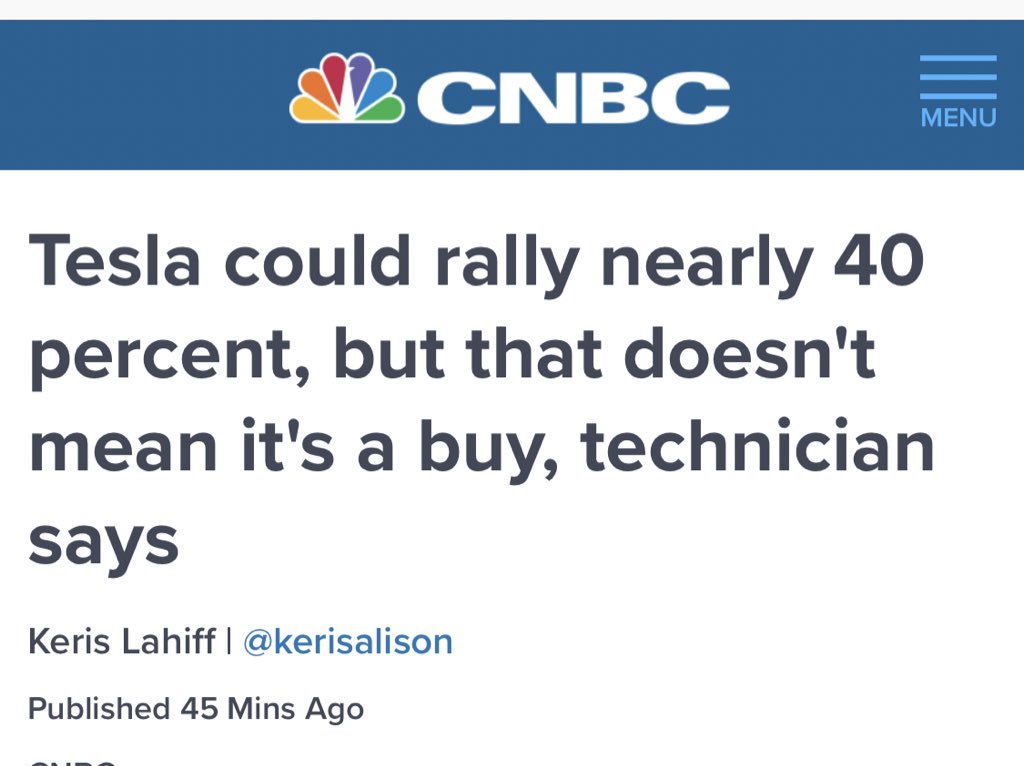Fact Checking
Well-Known Member
I think the worries about production are mostly gone now. Deliveries, too. I think the real remaining issue is profitability. Everyone expects that there is a big demand for the Model 3 SR. Musk has already indicated that Tesla can't make that car at a decent profit, so high deliveries just mean more red ink. Having many cars in the pipeline to Europe won't help, even though people will understand it.
Note that the SR+ is +$2,500 over the SR, a big chunk of which is profit margin - and SR+ take rate appears to be very high. (It's a really good deal as well.) 75% of Model 3 buyers also select a color other than black, which adds another $1,500. That's a ~$3,000 cash margin improvement over the $35k entry model margin straight away, just in the SR/SR+ space.
But there's another, very important point that I think many have missed: my guess is that a big reason why Elon was noncommittal about SR margins is the significant fixed-size depreciation and amortization overhead.
The background is that Tesla just built the new Standard Range battery pack assembly line at the Gigafactory, a Grohmann Machine the size of a football field. That was probably significant capex cash expense, and once they start selling products they'll have to start amortizing the line, and they'll probably do it on the usual straight line basis.
This necessarily means that the initial GAAP margins on SR and even SR+ will be awful: if the new line has cost them $200m and they are amortizing it over 10 quarters then the straight-line A&D cost is around $20m per quarter. If they deliver 2,000 units this quarter then that's a per unit GAAP overhead of $10,000 (!), which results in significantly negative margins. They'll have to get up to the ~2-3k units/week, 25k-40k units/quarter volume to reduce this GAAP expense to a tolerable $500-$800 range. That is not going to happen until the summer.
(Maybe @brian45011, @ReflexFunds and @schonelucht can confirm.)
So what I'd concentrate on for the SR and SR+ in Q1 financial metrics is the cash margin, with warranty reserves and other high probability future costs imputed as a cash expense, and I think Elon already confirmed that even the base $35k sales are generating cash for Tesla. That's what matters as long as Tesla is cash flow positive - scaling up SR volume this year will solve the GAAP space margins and profit metrics.
Last edited:



